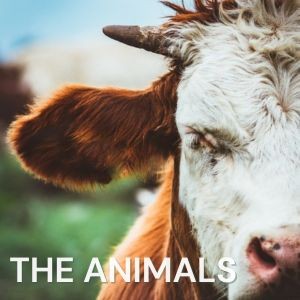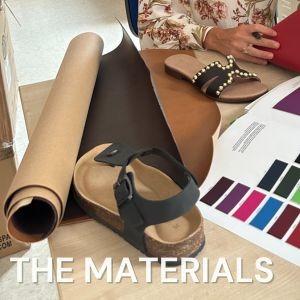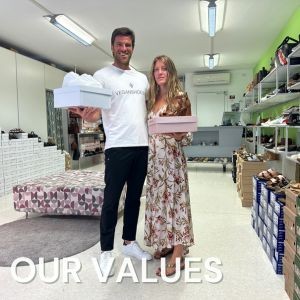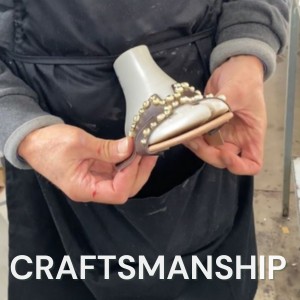STANDARD 100 by OEKO-TEX®

WHAT IS THE OEKO-TEX 100 CERTIFICATION?
The OEKO-TEX Standard 100 certification is one of the most internationally recognized certification marks for textile products. This certification ensures that fabrics and materials used in the production of clothing and textiles are free from substances harmful to human health and safe to use on the skin.
It is managed by the International Association for Research and Testing in the Field of Textile Ecology (OEKO-TEX), an independent organization based in Switzerland. It is a voluntary certification, meaning textile companies are not obligated to apply for it, but they undergo extensive bureaucratic processes and checks to provide consumers with additional protection.
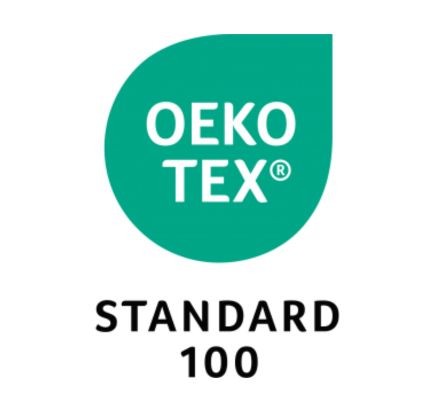 |
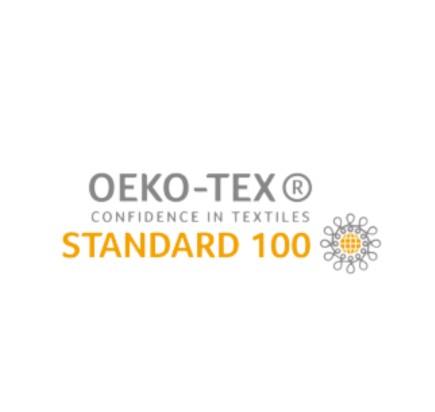 |
WHAT IS THE PURPOSE OF THIS CERTIFICATION?
The main goal of this certification is to identify and reduce the content of harmful substances in fabrics, ensuring they are safe for human use. This is particularly important for clothing, footwear, and other textile products that come into direct contact with the skin.
This certification goes beyond human safety and includes restrictions on some chemicals harmful to the environment.
The OEKO-TEX® community is particularly committed to identifying and publishing and updating SVHC (Substances of Very High Concern), a category of particularly harmful chemicals defined by the European Chemicals Agency (ECHA) under the REACH (Registration, Evaluation, Authorization, and Restriction of Chemicals) regulation, which establishes the registration, evaluation, authorization, and restriction of chemicals.
OEKO-TEX® offers 7 different certifications:
-
OEKO-TEX® Standard 100
-
MySTeP by OEKO-TEX®
-
OEKO-TEX® Standard 100plus
-
MADE IN GREEN by OEKO-TEX®
-
ECO PASSPORT by OEKO-TEX®
-
DETOX TO ZERO
-
LEATHER STANDARD by OEKO-TEX®
WHAT DOES THE OEKO-TEX 100 CERTIFICATION ANALYZE?
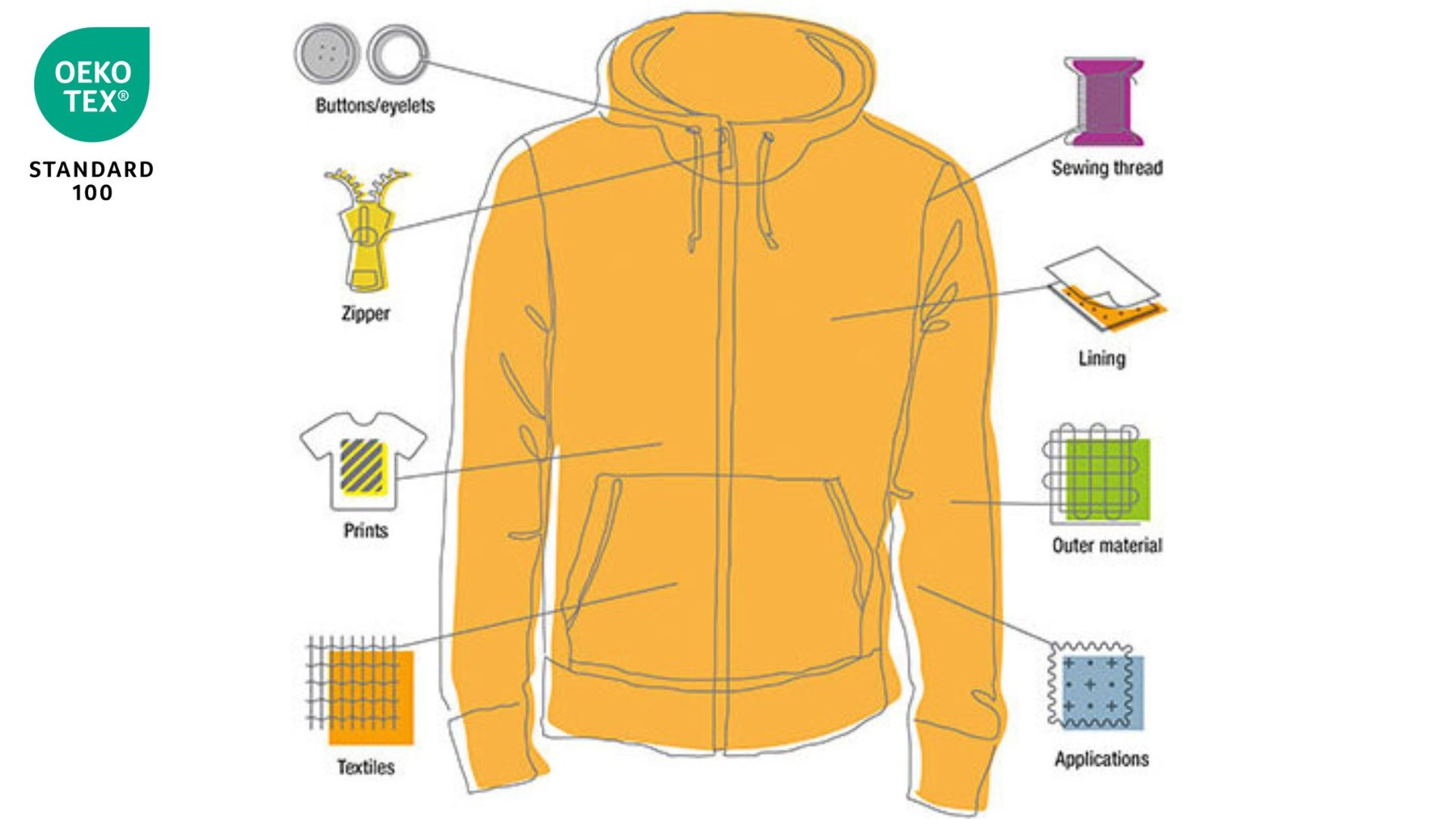
The analysis focuses on various categories of substances, including those prohibited by law, such as cancer-causing dyes, and regulated substances like formaldehyde, softeners, chromium (IV), pentachlorophenol, and phthalates.
They also consider substances harmful to health but not yet prohibited or regulated, such as heavy metals, pesticides, allergenic dyes, organic compounds, tin, chlorinated hydrocarbons, and polycyclic aromatic hydrocarbons (PAH). To ensure consumer safety, OEKO-TEX Standard 100 also uses assessment parameters such as color fastness and pH of the skin.
Product analyses are carried out only at authorized institutes or laboratories, and certified companies undergo verification visits at least every three years to ensure compliance with certification standards. During the certificate's validity period, the validating institute may conduct two random analyses on certified products to detect any deviations from the imposed chemical limits. In case of deviations, additional tests will be conducted on different samples, and if deviations persist, the authorization to label products as OEKO-TEX Standard 100 may be withdrawn.
Furthermore, OEKO-TEX takes samples of products from the free market and analyzes them in the laboratory to verify compliance with requirements. In case of deviations from standards, the testing costs will be charged to the certificate holder, while in case of compliance, the analyses will be free of charge.
OEKO-TEX also employs independent auditors who conduct unannounced inspections at OEKO-TEX Standard 100 certified companies to ensure continuous compliance with program standards.
HOW TO OBTAIN THE OEKO-TEX 100 CERTIFICATION?
To obtain the OEKO-TEX Standard 100 certification, textile manufacturers must subject their products to rigorous tests and verifications at independent laboratories authorized by OEKO-TEX.
These tests cover a wide range of substances, including:
-
Harmful and regulated chemicals, such as formaldehyde, carcinogenic dyes, and environmentally harmful chemicals.
-
Heavy metals, such as lead and cadmium, which can be harmful to human health.
Products must meet specified limits for each substance, and only after undergoing these tests and successfully meeting compliance requirements do they receive the OEKO-TEX Standard 100 certification mark.
Why Vegan Shoes ?



